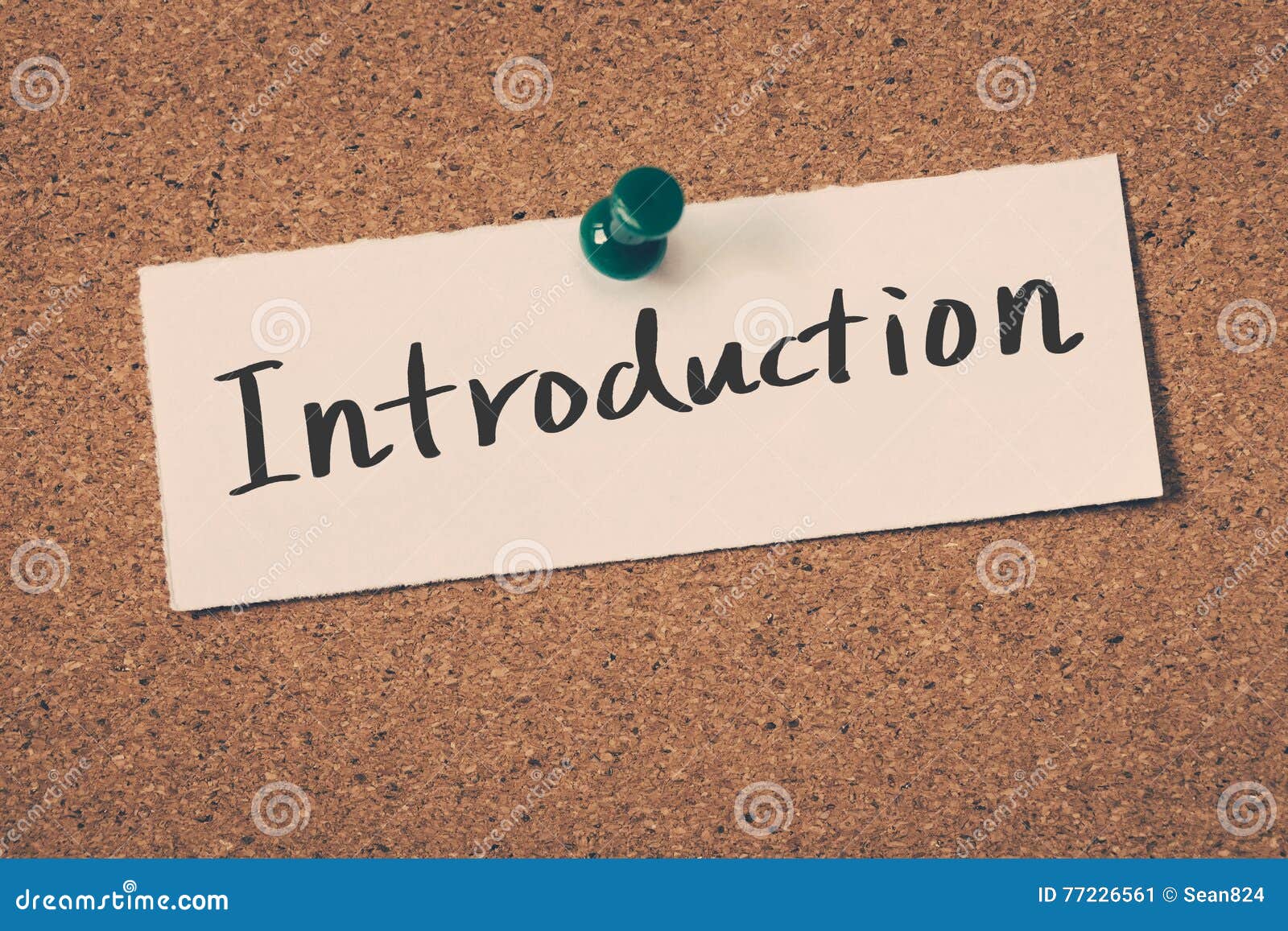Unveiling Iran: A Journey Through History, Culture, And Strategic Significance
Iran is a country steeped in millennia of history, a land where ancient civilizations flourished and modern complexities intertwine with a rich cultural tapestry. Officially known as the Islamic Republic of Iran (IRI) and historically recognized as Persia, this nation in West Asia offers a compelling narrative of resilience, innovation, and enduring influence. From its strategic location bordering key maritime pathways to its profound contributions to global scholarship, an introduction to Iran reveals a country far more nuanced than often perceived.
This comprehensive guide aims to provide a thorough introduction of Iran, exploring its diverse geography, ancient heritage, vibrant culture, and its pivotal role in regional and global affairs. We will delve into the facets that make Iran a truly unique and captivating nation, inviting readers to look beyond common perceptions and discover the depth of its identity.
Table of Contents
- The Geographical Tapestry of Iran
- A Cradle of Civilization: Iran's Ancient Roots
- The Flourishing of Iranian Culture and Scholarship
- Iran's Enduring Influence and Sophisticated Institutions
- Iran in the Modern Geopolitical Landscape
- Iran's Allure: A Treasure Trove for Travelers
- Embracing the Diversity: The People of Iran
- Conclusion: A Nation of Profound Depths
The Geographical Tapestry of Iran
An introduction to Iran must begin with its distinctive geography. Iran is a mountainous, arid, and ethnically diverse country situated in southwestern Asia, specifically in West Asia. Its strategic location is undeniable, bordering the Gulf of Oman, the Persian Gulf, and the Caspian Sea. This unique positioning grants Iran significant geopolitical importance, particularly concerning the Strait of Hormuz, which serves as a vital maritime pathway for crude oil export to the global market. The country's extensive borders connect it with a multitude of nations: Iraq to the west; Turkey, Azerbaijan, and Armenia to the northwest; the Caspian Sea to the north; Turkmenistan to the northeast; Afghanistan to the east; and Pakistan to the southeast. To its south, it meets the Gulf of Oman and the Persian Gulf. This vast network of land and sea borders has historically shaped Iran's interactions and influences with its neighbors, contributing to its rich cultural mosaic and its long-standing role as a regional power.
A Cradle of Civilization: Iran's Ancient Roots
The history of Iran is incredibly deep, dating back to ancient times and featuring some of the world's earliest civilizations, such as Elam. At its heart, Iran was the seat of the Persian Empire of antiquity, a monumental power that profoundly shaped the course of human history. For millennia, Iran has played an important role in the region, not only as an imperial power but also as a significant factor in superpower rivalries throughout various epochs. During Iran's long history, the country evolved its own great Persian civilization, characterized by unique advancements in governance, art, and philosophy. Beyond its indigenous development, Iran also formed a part of a number of world empires, absorbing and contributing to broader global currents. This long and intricate history underscores the profound legacy that continues to define the very introduction of Iran to the world stage.
The Flourishing of Iranian Culture and Scholarship
Modern Iranian culture owes much of its vibrancy to a renaissance that occurred in the 8th century, a period that ignited an unparalleled flourishing of art, literature, and intellectual pursuits. Iran has a long history of scholarship that has created a remarkably rich culture, evident in its diverse forms of artistic expression. This includes a profound tradition of art, literature, poetry, and music that resonates deeply with the Iranian soul. Ancient Iranian thinkers were pioneers, writing influential texts on philosophy and medicine that laid foundational knowledge for centuries to come. It was, notably, an Iranian mathematician who invented algebra, a testament to the nation's pivotal role in global scientific advancement. Today, Iran's universities are among the most respected in the Middle East, continuing a legacy of academic excellence and intellectual inquiry that remains a cornerstone of the country's identity. This deep intellectual heritage is a crucial component of any comprehensive introduction of Iran.
A Culinary Journey: The Flavors of Persia
In addition to numerous historical, cultural, and natural attractions, Iran boasts a great variety of traditional delicacies that are a true highlight of its cultural richness. Iranian cuisine, alternatively known as Persian cuisine due to the historically common usage of "Persia" in the Western world to refer to Iran, comprises culinary traditions that are deeply rooted in the nation's history. Persian foods are most appreciated for their nutritional value, the easy accessibility of raw materials, their novelty, and notably, their lack of chemical preservatives. Chelow kabab, a dish of fluffy rice served with various grilled meats, is widely considered to be the national dish of Iran, symbolizing the heart of its culinary identity. While Persians are a significant ethnic group, it's important to note that many of Iran's diverse ethnic groups have contributed to its rich culinary traditions. The evolution of Iranian cuisine also reflects external influences, such as the introduction of rice cultivation and its sophisticated cooking methods (with rice originally coming from the East), or the impact of certain Central Asian dishes, exemplifying how Iranian cuisine was shaped by historical connections and cultural exchange.
Architectural Marvels and Artistic Heritage
Iran's cultural richness extends magnificently into its architectural and artistic heritage, which stands as a testament to centuries of innovation and aesthetic mastery. Across the country, one can find stunning examples of historical monuments that captivate with their intricate designs and grandeur. Among these, Persepolis, the ancient capital of the Achaemenid Empire, remains a paramount example, showcasing monumental staircases, elaborate carvings, and vast palaces that speak volumes of a powerful ancient civilization. Beyond the grand imperial structures, Iran is adorned with countless mosques, bazaars, bridges, and gardens, each reflecting unique regional styles and historical periods. The artistry is not confined to grand structures; it permeates everyday life through intricate Persian rugs, miniature paintings, calligraphy, and exquisite metalwork. This profound artistic expression, often infused with poetic and spiritual symbolism, is an inseparable part of the identity of Iran, making it a compelling subject for anyone seeking a deeper introduction to its cultural soul.
Iran's Enduring Influence and Sophisticated Institutions
Throughout its long and storied history, Iran has not only fostered a great Persian civilization but also developed sophisticated institutions that have left a lasting imprint. Many of these institutions continued to influence its Islamic regime even into the 1980s, demonstrating the deep historical roots of its governance and societal structures. The legacy of scholarship and philosophical thought, which created Iran's rich culture, also gave rise to influential intellectual movements. For instance, the need for "Islamic humanism" and "Islamic protestantism" as advocated by Shariati, is a concept that resonates even today, highlighting a desire for internal reform and a reinterpretation of religious principles within a modern context. This intellectual depth and the persistence of its foundational institutions are key to understanding the complex fabric of modern Iran.
Iran in the Modern Geopolitical Landscape
In the contemporary era, Iran continues to play a significant role in the region, often as a factor in superpower rivalries, echoing its historical influence. The Islamic Republic of Iran, as it is officially known, navigates a complex geopolitical landscape marked by both internal dynamics and external pressures. Its engagement with nuclear accords, for example, has been marked by both adherence and deception, reflecting a nuanced approach to international relations. Iran's missile development program, particularly with advancements like the Sejjil missile, marks a significant milestone in its defense capabilities. The country's strategic calculations are often under scrutiny, with American officials noting that Iran has prepared missiles for strikes on U.S. bases in the Middle East should the U.S. join Israel’s war, despite Russia’s close ties with Iran. This intricate web of alliances, rivalries, and strategic maneuvers defines much of the current introduction of Iran to global headlines.
Navigating Human Rights and Societal Dynamics
Within Iran, the discourse around human rights and societal dynamics presents a complex picture. While the Iranian constitution reportedly recognizes human rights, there are perceptions that the clerical leaders do not always fully uphold this principle. The Iranian regime, for instance, has been described as dividing people into "insiders" and "outsiders," which can have significant societal implications. Historically, the two decades preceding the Islamic Revolution saw significant activities by organizations like the Women’s Organization of Iran (WOI), which actively engaged with the government, the court, the clergy, and other conservative forces, striving for societal change. A poignant glimpse into a different era of Iran can be seen by picturing a woman walking the streets of Tehran in the early 1970s, her hair perfectly coiffed, perhaps in a beehive or feathered blowout, illustrating a period of different social norms. In a moment of striking political symbolism and controversial legal debate, Iran's parliament recently witnessed legislators chanting "death to America" while setting a model of the United States flag ablaze, underscoring the deep-seated political sentiments that exist within the nation.
Iran's Nuclear Ambitions and Regional Dynamics
Iran's nuclear program remains a central point of international discussion and regional concern, shaping much of its foreign policy and alliances. The country's history of compliance and evasion regarding nuclear accords highlights a deliberate strategy aimed at advancing its technological capabilities while navigating international sanctions and diplomatic pressures. This pursuit of nuclear technology, coupled with its advanced missile development, positions Iran as a significant military actor in the Middle East. Its strategic location and historical role as an imperial power mean that any developments in Iran's military capabilities have broad implications for regional stability. The complex interplay between Iran's internal political decisions, its relationships with global powers, and its regional ambitions creates a dynamic and often unpredictable geopolitical environment, making a comprehensive introduction of Iran's role in global security essential for understanding contemporary international relations.
Iran's Allure: A Treasure Trove for Travelers
Beyond the headlines and political complexities, Iran stands as one of the most beautiful countries in the world, boasting a history of thousands of years and renowned for its stunning beauty. For travelers, Iran offers an unparalleled array of attractions, from magnificent monuments that tell tales of ancient empires to breathtaking natural landscapes. Iconic sites such as Persepolis, with its awe-inspiring ruins, draw visitors into the grandeur of the Persian Empire. However, the country's appeal extends far beyond historical relics; the natural beauty of Iran, including its unique mangrove forests, has increasingly become one of the most important tourist destinations. These diverse attractions, coupled with the warmth of Iranian hospitality, provide a rich and rewarding experience for those who venture to explore its depths. This aspect of Iran, often overshadowed, is vital for a holistic introduction of Iran's true character.
Embracing the Diversity: The People of Iran
Iran is an ethnically diverse country, a mosaic of various groups who have contributed to its rich cultural tapestry over millennia. While the term "Persia" is often used to refer to Iran, it's crucial to remember that Persians are only one of a multitude of Iranian ethnic groups. This diversity is reflected not only in culinary traditions but also in languages, customs, and regional identities across the nation. Understanding this internal heterogeneity is key to grasping the complexities of Iranian society. While the "Iranian regime" has been described as dividing people into "insiders" and "outsiders," the underlying fabric of the nation is woven from the contributions and coexistence of various communities. This rich blend of ethnicities, each with its unique heritage, contributes to the vibrant and multifaceted identity that defines the people of Iran.
Conclusion: A Nation of Profound Depths
In conclusion, an introduction of Iran reveals a country of remarkable depth and complexity, far exceeding simplistic portrayals. From its strategic geographical position as a nexus of continents and seas to its role as the heart of ancient empires, Iran has consistently been a pivotal player on the world stage. Its cultural legacy, shaped by millennia of scholarship, art, and innovation, continues to enrich global civilization. While navigating contemporary geopolitical challenges, Iran remains a land of profound historical significance, breathtaking natural beauty, and a resilient, diverse populace. To truly appreciate Iran is to acknowledge its layered identity—a blend of ancient heritage, vibrant culture, and a complex modern reality. We encourage you to delve deeper into the fascinating aspects of this nation, explore its history, and perhaps even consider experiencing its unique charm firsthand. Share your thoughts on what surprised you most about Iran in the comments below!

Introduction Essay

17,897 Introduction Photos - Free & Royalty-Free Stock Photos from

Introduction Essay